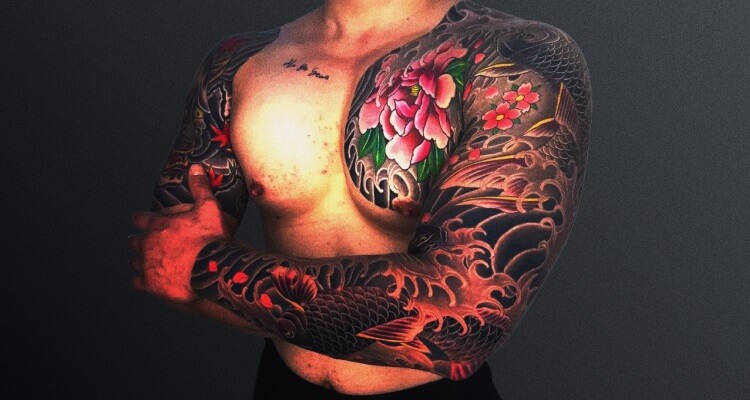
The Longest Lasting Colored Tattoo: Everything You Need to Know
Posted on
Tattoos have been one of the great ways of representing a story, a love, or a memory on the human skin in the form of artwork. Black is traditionally considered the most resilient, but colored tattoos are getting incredibly popular for their bright shades and the ability to visually enlarge the patterns. However, not all colors age the same way. Some are very transient while others take longer to vanish or disappear and need to be managed more closely. In this informative guide, let’s discuss the factors that determine the durability of colored tattoos and how to preserve them.
Longest Lasting Colored Tattoos: Factors Affecting the Longevity
The duration of colored tattoos varies according to the type of ink used, part of the body, skin tone, practices taken after the tattoo was done, or even constantly exposing the tattoo to a harsh environment. Here’s a breakdown:
1. Ink Quality and Color
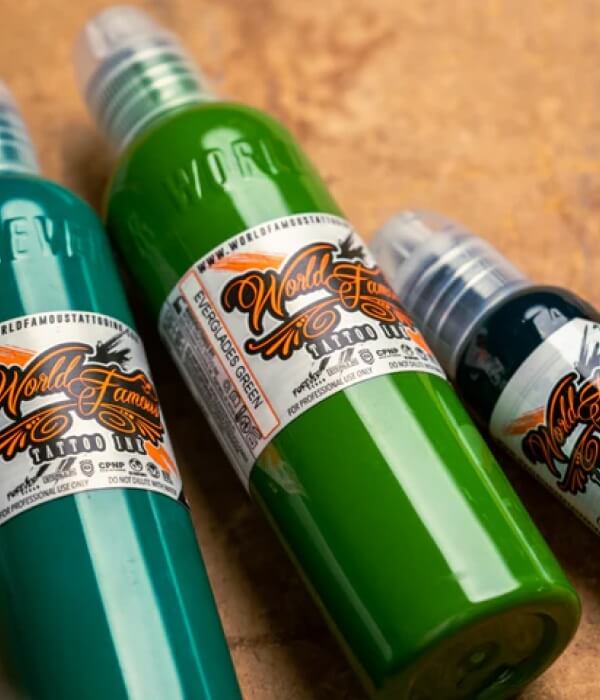
The kind and quality of ink determines how long a colored tattoo will last. Reactive components such as high-quality inks preferred by artists have better pigments that do not fade easily. However, the different colors fade at different rates, for instance, black, dark blue, and dark green colors fade less than light ones because the pigments of such colors do not break down quickly. Brighter colors like yellows, pinks, and pastel colors are prone to fade quickly because while covering, they allow more light to reflect off the skin than to be absorbed.
2. Skin Type
Skin types and tones as well as skin elasticity can vary the longevity of a tattoo. Oily or dry skin that is too oily or dry might cause uneven fading. Melanin levels can also play a part as darker skin tones may have a slightly different effect on colors and how they fade, because some pigments may not stand out as vividly against the natural skin tone.
3. Tattoo Placement
The placement of tattoos also has a great influence on its permanency. Tattoos placed on flexible areas where there is skin rubbing against the skin such as hands, fingers, feet, or inner thighs will likely fade quickly. Likewise, places on the skin where there’s less subcutaneous fat or skin that doesn’t stop moving, like the elbows or knees, may fade more rapidly. Tattoos on the skin areas that are thicker and not as exposed to sunlight are typically less faded, like on the back or chest.
4. Aftercare and Maintenance
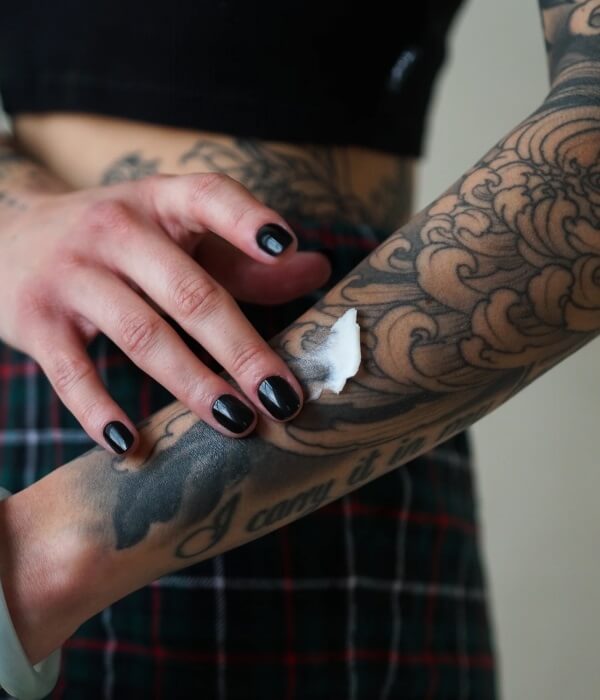
Aftercare of a tattoo is very important if the tattoo is to keep its brightness and vibrancy. While they are healing, the new tattoo must be washed, moisturized, and shielded from the sun so as not to harm the pigment. The tattoo will however fade gradually, especially if the client fails to take time to moisturize and apply sunscreen regularly which prevents fading due to UV light which decomposes the pigments and reduces the brightness of the tattoo.
5. Lifestyle and Environmental Factors
Tattoos exposed to sunlight, saltwater, or chlorine fade quickly hence it is important to take care of a new tattoo. This may be especially true for people who work in extreme conditions or expose the skin with the tattooed area to various ruthless conditions. Other lifestyle choices may include smoking and poor skincare habits, which might affect the overall health of the skin and thus affect the tattooing over time.
Tips to Make Colored Tattoos Last Longer
Colored tattoos require careful work on a tattoo during its healing period and subsequently in the future. Here are some practical tips:
1. Select an Expert Tattooist
The first thing to do is to choose a talented tattoo artist who uses good quality ink and follows the right procedures when giving a tattoo. A good artist will make sure that the colors have been applied equally and that they are applied to the correct depth so that they cannot fade quickly.
2. Follow Aftercare Instructions
Good aftercare must be observed during recovery periods. Wash the tattoo with very little soap and warm water to avoid aggregation of bacteria. As an aftercare, use a product that is tattoo-safe safe, and fragrance-free to help with healing and maintain skin moisture. Do not scratch or peel skin to shed scabs, which will drop off naturally, to prevent blotchy fading.
3. Protect Against Sun Exposure
UV rays are a primary cause of fading for the tattoo. Apply a broad-spectrum sunscreen after the tattoo has fully healed at least 30 SPF and higher. Don’t scratch it with your clothes and avoid sunlight for the first few days or weeks.
4. Stay Hydrated and Moisturized
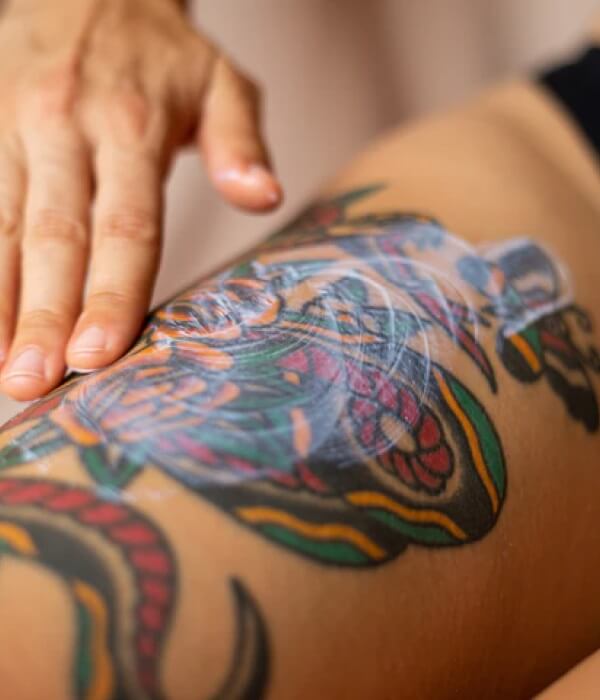
Ensure that you take water in abundance to keep your skin moist and your body healthy at the same time. Pat your tattooed skin with non-comedogenic lotion or a cream that has no comedogenic contents so that your skin does not become dry.
5. Avoid Harsh Chemicals
Avoid any products that have alcohol, exfoliants, or chemicals that can dry the skin or make it red. Anti-aging products also should not be applied directly to the tattooed areas for positive lasting results.
6 Wear Protective Clothes
For protection from chlorinated water, salt water, or excessive exposure to the sun, apply waterproofing salves or cover with breathable material.
7. Maintain a Healthy Lifestyle
It is important to eat healthy food with lots of vitamins and antioxidants to help nourish the skin. One should not smoke and not consume a lot of alcohol since these also affect the skin and therefore probably reduce the lifespan of a tattoo.
8. Schedule Touch-Ups
No matter how well a person takes care of his or her tattoos, they blur a little bit with time. Regular touch-ups will help you to restore the vibrancy of your colored tattoos.
Popular Long Lasting Colored Tattoo Designs
Here are some popular choices for long-lasting colored tattoo designs.
1. Geometric Patterns
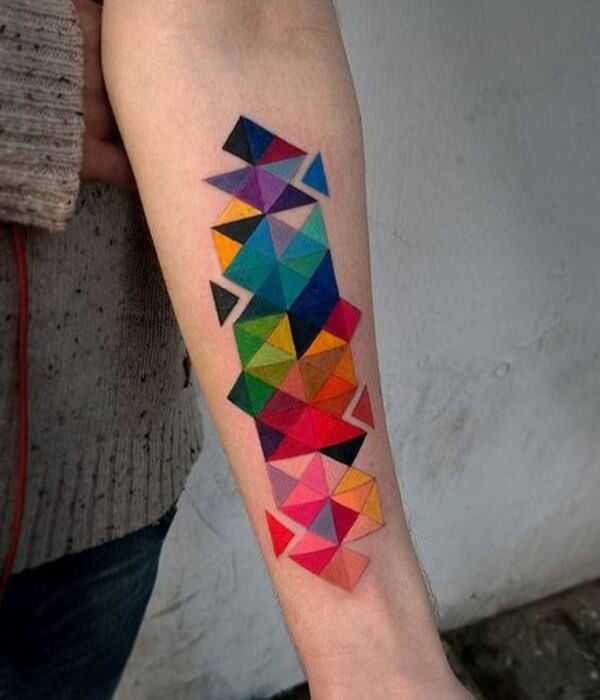
These patterns include the use of lines and structures that form a base on which the geometric patterns are overlaid. The sharpness of lines combined with vibrant colors creates visually attractive pieces that fade less, particularly in areas that have minimal friction. Some of them are Mandala patterns, tessellations, sacred geometries, and so on with colors like teal, purple, and orange to contrast.
2. Floral Tattoos
Choose the floral tattoos as they always look good and can be combined with any style. A gradient in roses, patterns in petals, and sunflowers make flowers look more dimensional due to distinct shades of colors. Just the outlines of the colors are darker to prevent the fusion of the colors over time. Some of the designs are roses, cherry blossoms, peonies, wildflowers, and white, or some watercolor or realistic shading in red, pink, yellow, and green are also well preferred.
3. Abstract Art
Abstract designs enable artists to be creative, therefore making them ideal for bold color palettes. This may give a sharply defined or more painterly appearance, although the effect depends on the precision of the line work. Some of the different style options include brushstroke tattoos, splatter designs, and surrealistic elements, and the favorite colors are cobalt blue, magenta, and gold.
4. Nature-Inspired Scenes

Scenes like forests, mountains, or water can facilitate the use of many of the colors you would want. In many cases, these designs use hi-gloss and low-gloss colors to achieve depth which makes them look more exciting and long-lasting. Examples include tropical sunsets, starry nights, underwater coral reefs, or wildlife photos with bright orange, blue or green shades.
Conclusion
In conclusion, the longest-lasting colored tattoos are achieved and maintained through a thoughtful approach, from choosing the right colors and skilled artists to committing to diligent aftercare. While darker colors like black, blue, or green are more self-sustaining by nature, even the brightest tone can stay long with suitable protection and maintenance.

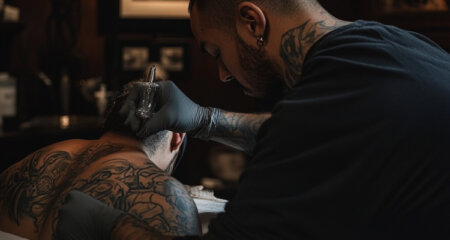
![30 Best Cobra Tattoo Ideas, Designs And Meaning [2025] 30 Best Cobra Tattoo Ideas, Designs And Meaning [2025]](https://www.trendingtattoo.com/wp-content/uploads/2025/01/Cover-2-450x240.jpg)
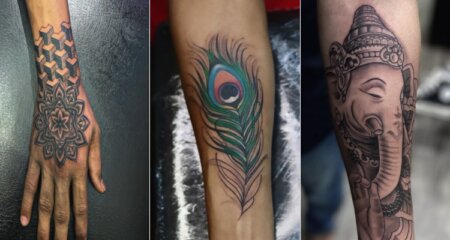
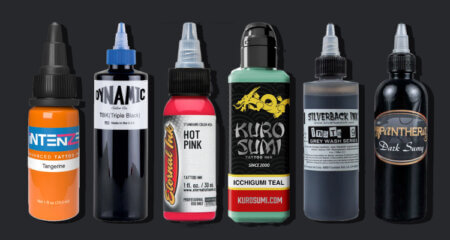
![Trending Tattoo Designs for Girls [2024] Trending Tattoo Designs for Girls [2024]](https://www.trendingtattoo.com/wp-content/uploads/2024/09/Trending-Tattoo-Designs-for-Girls_1-450x240.jpg)

